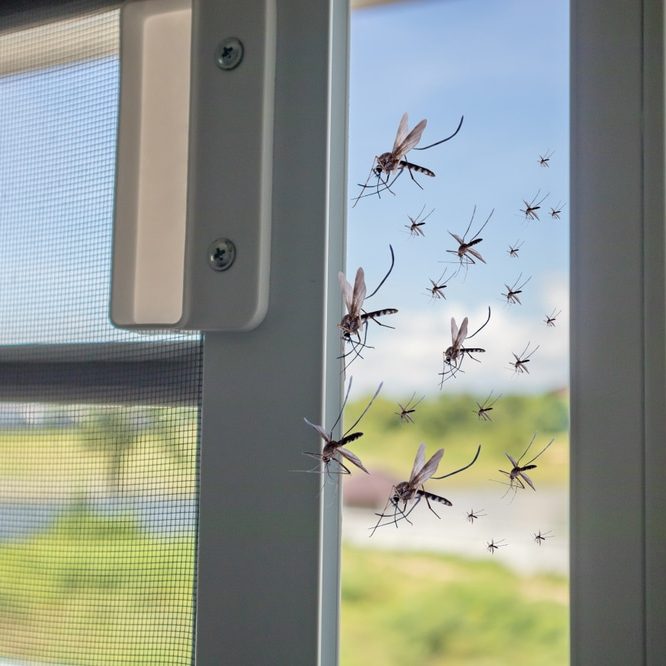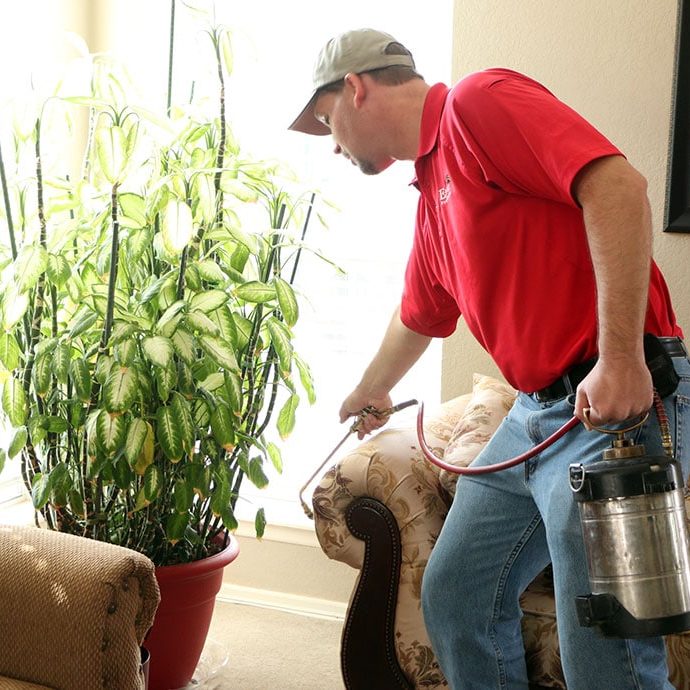When it comes to maintaining a comfortable and pest-free home, understanding the relationship between weather patterns and pest populations is essential. In Oklahoma, with its diverse climate and seasonal changes, homeowners frequently encounter various pests throughout the year. This post will delve into how the distinct weather characteristics of the Sooner State influence pest behavior and what you can do to manage these critters effectively.
Overview of Oklahoma's Climate
Oklahoma is known for its unique geographical features and climate, characterized by:
- Variable Weather Patterns: The state experiences contrasting weather conditions, including hot summers, cold winters, and unpredictable spring storms.
- Seasonal Changes: Each season brings significant variations in temperature and humidity, influencing pest activity differently.
- Diverse Ecosystems: Oklahoma has various habitats—urban, rural, and agricultural—which provide suitable environments for many pest species.
Understanding the climate is crucial for homeowners aiming to keep pests at bay. With temperature fluctuations and moisture levels playing a significant role, it’s essential to stay informed about how these changes impact pest behavior.
The Connection Between Weather and Pest Behavior
Weather is a key driver of pest behavior, and several factors come into play:
-
Temperature:
- As temperatures rise, many pests breed more rapidly. For example, warmer spring days can trigger the awakening of hibernating pests, leading to increased reproduction rates.
- Conversely, cold winter temperatures can kill off various pest species, but many adapt and find places to survive, such as inside homes.
-
Humidity and Rainfall:
- Increased moisture creates ideal conditions for pests like mosquitoes and termites, who thrive in damp environments.
- Heavy rainfall can lead to flooding, forcing pests to seek higher ground—often leading them into your living space.

Understanding these factors can help homeowners anticipate pest issues and take proactive steps to manage them before they become a problem.
Climate Change and Its Long-Term Effects on Pest Populations
The ongoing effects of climate change are reshaping pest populations across the globe, including in Oklahoma. The potential consequences for homeowners include:
-
Increased Invasive Species:
Warmer temperatures may create favorable conditions for invasive pests that can outcompete native species and disrupt local ecosystems.
-
Shifts in Pest Lifecycles:
Changes in weather patterns may lead to earlier springs and extended summers, allowing pests longer breeding seasons.
-
Impact on Agriculture:
Homeowners with gardens or agricultural interests may notice changes in pest pressures, necessitating new management approaches.
As climate change accelerates, being proactive in understanding trends and adjusting pest management strategies will be vital. Staying informed about climate impacts and advocating for sustainable practices can help mitigate the associated risks.
At Emtec Pest Control, we are committed to safe and responsible pest control. We understand that your family’s safety is your number one priority, so we make it our priority, too.
If you have any other questions about any of these pests or pest control for your home or business, contact your Oklahoma pest control experts at Emtec Pest Control by calling us or by filling out our online contact form.

